1. ‘Morgan’ Oriental Arborvitae
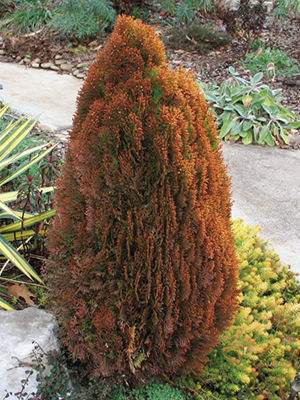
Name: Platycladus orientalis ‘Morgan’
USDA hardiness zones: 6 to 9
Size: 3 to 4 feet tall and 18 inches wide (matures in 10 years)
Conditions: Full sun; average soil
This woody chameleon is known for its ability to transform its foliage color. As the thermometer drops, ‘Morgan’ changes from green to purple to coppery orange. The foliage remains green within the plant, creating a striking contrast. To get the most dramatic winter color, plant it in a sunny, exposed site. ‘Morgan’ is a great replacement for dwarf Alberta spruce (Picea glauca ‘Conica’, Zones 2–6), which suffers in heat and humidity. Like most arborvitae, however, deer will nibble on it.
2. ‘Winter Flame’ Bloodtwig Dogwood
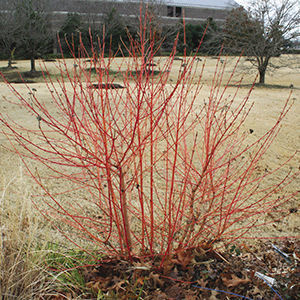
Name: Cornus sanguinea ‘Winter Flame’
Zones: 4 to 7
Size: 6 to 8 feet tall and wide
Conditions: Full sun to partial shade; average soil
‘Winter Flame’ struts its stuff during the cold months, when its stems develop a fiery orange-yellow color at their base, flushing to pink and finishing with red at the tips. To ensure fresh, colorful stems each year, cut back the older ones close to the ground in late winter or early spring. Strong new stems will quickly emerge. The vivid stems add color and enjoyment to a dreary winter and make great cut branches to use for indoor and outdoor decor.
3. ‘Color Guard’ Yucca
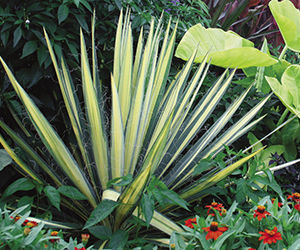
Name: Yucca filamentosa ‘Color Guard’
Zones: 4 to 11
Size: 2 to 3 feet tall and wide
Conditions: Full sun to bright shade; average to poor soil
When someone asks me for a plant that is easy to grow; has year-round color; and doesn’t require supplemental watering, spraying, or pruning, ‘Color Guard’ yucca is my answer. It is all of the above—and more. Its wide, leathery leaves pop in the landscape. Leaf edges sport fine spirals of threadlike filaments—hence, the species name. Creamy white pendant flowers appear on 4- to 6-foot-tall stalks in summer. If you find the flower spike undesirable, cut it out when it first begins to form. And, no, this plant doesn’t necessarily make your garden look southwestern.
4. ‘Diana Clare’ Lungwort
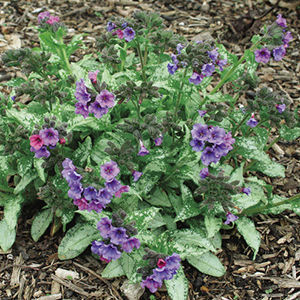
Name: Pulmonaria longifolia ‘Diana Clare’
Zones: 3 to 8
Size: 1 foot tall and 18 to 24 inches wide
Conditions: Prefers morning sun and afternoon shade; average to moist, well-drained soil
Lungworts, in general, are not suited to the South, but P. longifolia and its cultivars are the exception. In our gardens, ‘Diana Clare’ has stood the test of time, growing in less-than-ideal soil with little supplemental water. An abundance of violet-blue flowers appear in spring, along with silver-speckled, apple green foliage. As they mature, leaves become entirely silver, drawing attention even when the plant isn’t in flower.
Jason Reeves is a horticulturist and curator of the University of Tennessee Gardens at the West Tennessee Research and Education Center in Jackson.
Photos: courtesy of Jason Reeves


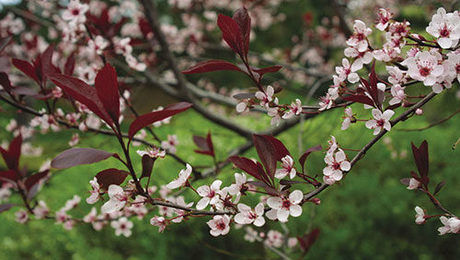
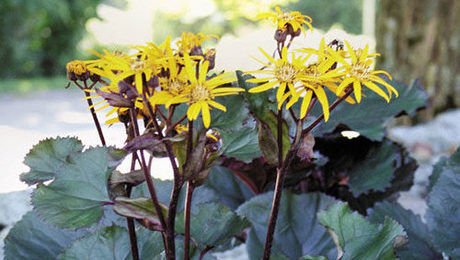
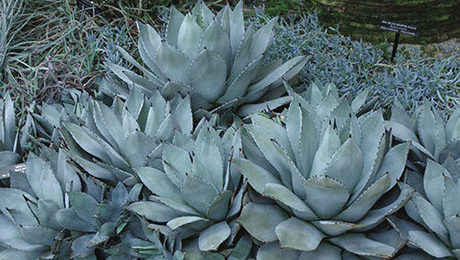
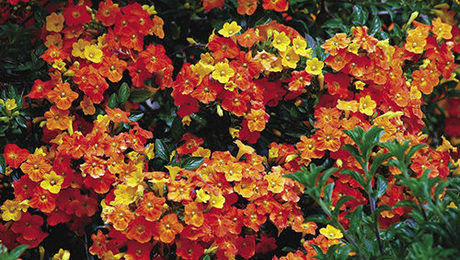













Comments
Log in or create an account to post a comment.
Sign up Log in